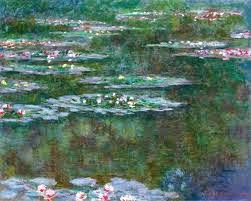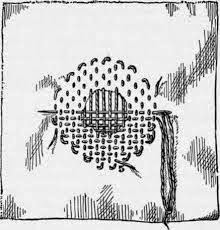Another course that I am running concurrently is in painting. I am looking forward to this as it has been a long time since I have done any painting and whilst I am experiencing another country and way of life, I want to challenge myself. I have always enjoyed this discipline, and am pleased I get the opportunity to experiment with paint again.
MEMORY & IDENTITY
Our first project spanning over 7 weeks is based upon the ideas on Memory and Identity. We are asked to complete 6 postcard size paintings over the next 7 weeks.
My initial ideas to this is my identity. I am currently 10,500 miles away from my home and loved ones, so I want to explore this idea with painting.
Before I came to Australia I went on a family holiday to Florida. There we went swimming underwater and using an underwater camera, took some wonderful photographs that became very distorted. I have never been sure what to do with these photographs, until now.
There is a large body of water in between myself and home and this memory I have of spending time with my family resonates in my mind.
The 'postcard' size has also influenced my choice, as it would be nice to send this memory on its own journey home.
I want to use these underwater images as my starting point.
I love the distortion in the images. The abstraction is a great starting point. I hope to produce some experimental paintings from this.




















































